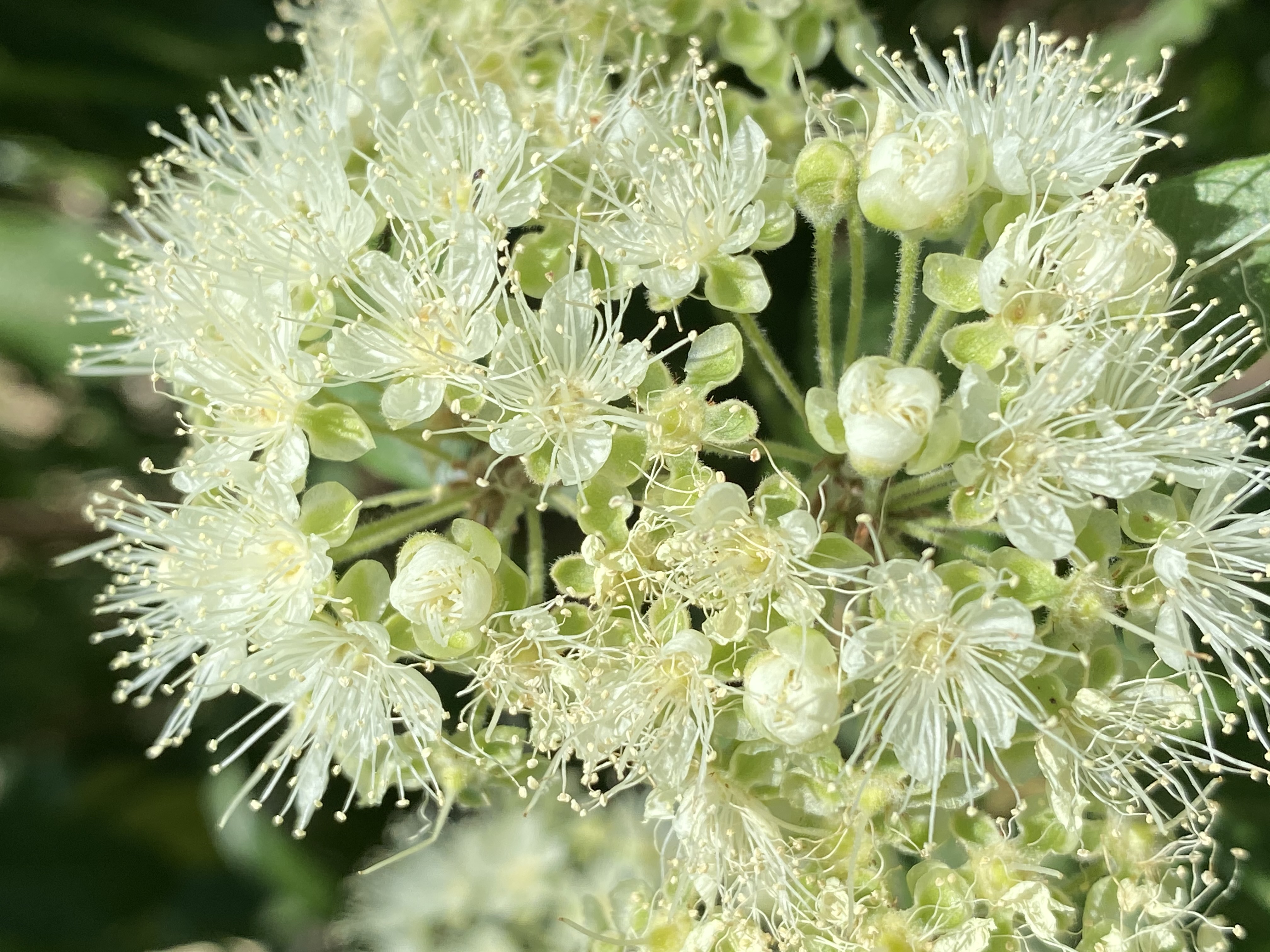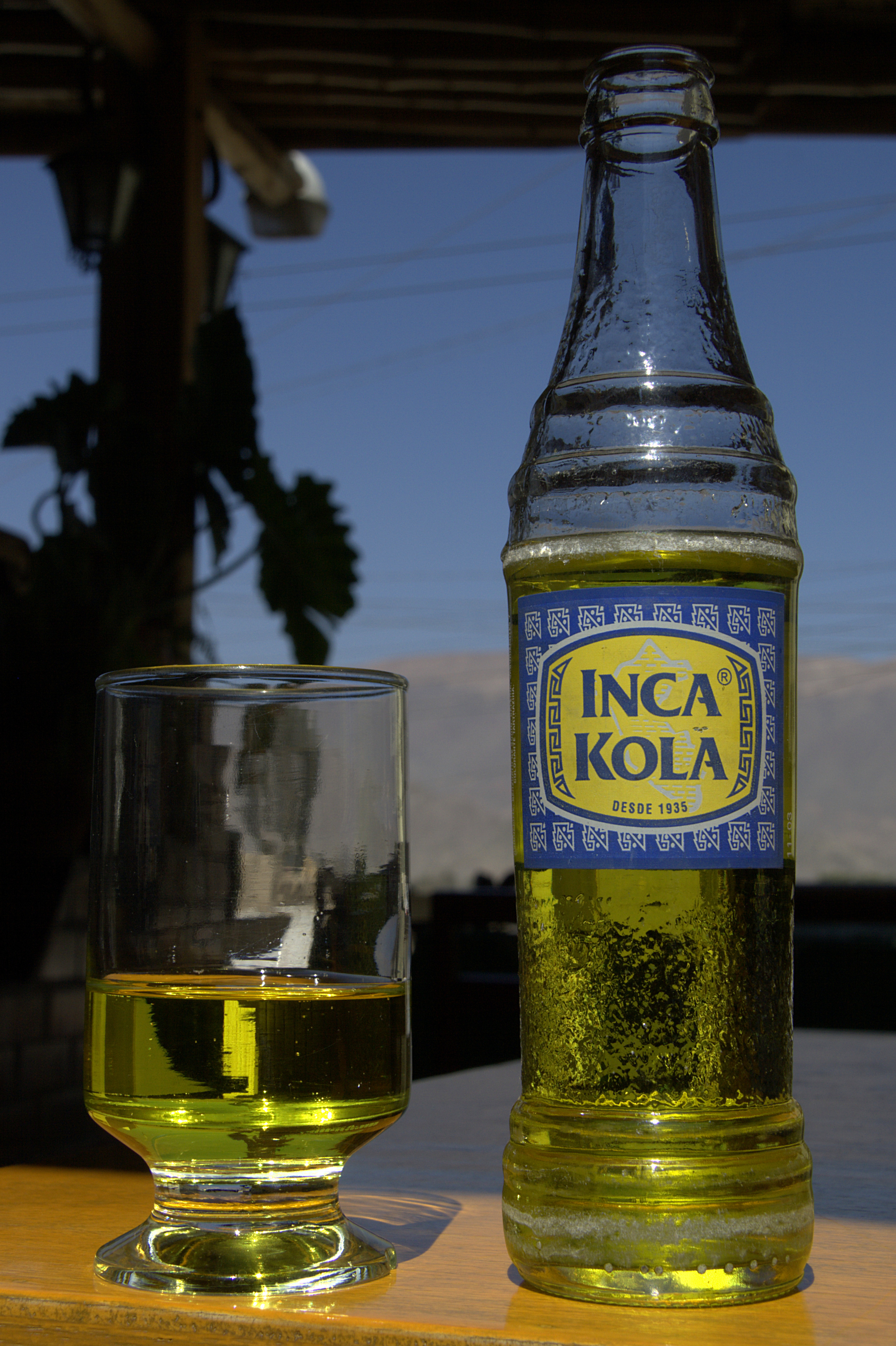|
Citral
Citral is an acyclic monoterpene aldehyde. Being a monoterpene, it is made of two isoprene units. Citral is a collective term which covers two geometric isomers that have their own separate names; the ''E''-isomer is named geranial (''trans''-citral; α-citral) or citral A. The ''Z''-isomer is named neral (''cis''-citral; β-citral) or citral B. These stereoisomers occur as a mixture, often not in equal proportions; e.g. in essential oil of Australian ginger, the neral to geranial ratio is 0.61. Natural Occurrence Citral is present in the volatile oils of several plants: Further, in the lipid fraction (essential oil) of Australian ginger (51–71%) Of the many sources of citral, the Australian myrtaceous tree, lemon myrtle, '' Backhousia citriodora'' F. Muell. (of the family Myrtaceae), is considered superior. Uses Citral is a precursor in the industrial production of vitamin A, vitamin E, vitamin K. Citral is also precursor to lycopene, ionone and methylionone. ... [...More Info...] [...Related Items...] OR: [Wikipedia] [Google] [Baidu] |
Backhousia Citriodora
''Backhousia citriodora'', commonly known as lemon myrtle, lemon scented myrtle or lemon scented ironwood, is a flowering plant in the family Myrtaceae. It is native to the subtropical rainforests of central and south-eastern Queensland, Australia, with a natural distribution from Mackay to Brisbane. Description and ecology The species can reach in height, but is often smaller. The leaves are evergreen, opposite, lanceolate, long and broad, glossy green, with an entire margin. The flowers are creamy-white, in diameter, produced in clusters at the ends of the branches from summer through to autumn. After petal fall, the calyx is persistent. A significant fungal pathogen, myrtle rust ('' Uredo rangelii'') was detected in lemon myrtle plantations in January 2011. Myrtle rust severely damages new growth and threatens lemon myrtle production. Etymology Lemon myrtle was given the botanical name ''Backhousia citriodora'' by Ferdinand von Mueller in 1853 after his friend, the Engli ... [...More Info...] [...Related Items...] OR: [Wikipedia] [Google] [Baidu] |
Monoterpene
Monoterpenes are a class of terpenes that consist of two isoprene units and have the molecular formula C10H16. Monoterpenes may be linear (acyclic) or contain rings (monocyclic and bicyclic). Modified terpenes, such as those containing oxygen functionality or missing a methyl group, are called monoterpenoids. Monoterpenes and monoterpenoids are diverse. They have relevance to the pharmaceutical, cosmetic, agricultural, and food industries. Biosynthesis Monoterpenes are derived biosynthetically from units of isopentenyl pyrophosphate, which is formed from acetyl-CoA via the intermediacy of mevalonic acid in the HMG-CoA reductase pathway. An alternative, unrelated biosynthesis pathway of IPP is known in some bacterial groups and the plastids of plants, the so-called MEP-(2-methyl-D-erythritol-4-phosphate) pathway, which is initiated from C5 sugars. In both pathways, IPP is isomerized to DMAPP by the enzyme isopentenyl pyrophosphate isomerase. Geranyl pyrophosphate is the precu ... [...More Info...] [...Related Items...] OR: [Wikipedia] [Google] [Baidu] |
Ionone
The ionones, from greek ἴον ion "violet", are a series of closely related chemical substances that are part of a group of compounds known as rose ketones, which also includes damascones and damascenones. Ionones are aroma compounds found in a variety of essential oils, including rose oil. β-Ionone is a significant contributor to the aroma of roses, despite its relatively low concentration, and is an important fragrance chemical used in perfumery. The ionones are derived from the degradation of carotenoids. The combination of α-ionone and β-ionone is characteristic of the scent of violets and used with other components in perfumery and flavouring to recreate their scent. The carotenes α-carotene, β-carotene, γ-carotene, and the xanthophyll β- cryptoxanthin, can all be metabolized to β-ionone, and thus have vitamin A activity because they can be converted by plant-eating animals to retinol and retinal. Carotenoids that do not contain the β-ionone moiety c ... [...More Info...] [...Related Items...] OR: [Wikipedia] [Google] [Baidu] |
Lemon Verbena
''Aloysia citrodora'', lemon verbena, is a species of flowering plant in the verbena family Verbenaceae, native to South America. Other common names include lemon beebrush. It was brought to Europe by the Spanish and the Portuguese in the 17th century and cultivated for its oil. Description Lemon verbena is a perennial shrub or subshrub growing to high. The , glossy, pointed leaves are slightly rough to the touch and emit a strong lemon scent when bruised (hence the Latin specific epithet ''citrodora''—lemon-scented). Sprays of tiny purple or white flowers appear in late spring or early summer, although potted lemon verbenas may not flower. It is evergreen in tropical locations, but is sensitive to cold, losing leaves at temperatures below 0 °C (32 °F), although the wood is hardy to −10 °C (14 °F). Pruning is recommended in spring to encourage a bushy form. Due to its many culinary uses, it is widely listed and marketed as a plant for the herb gard ... [...More Info...] [...Related Items...] OR: [Wikipedia] [Google] [Baidu] |
Volatile Oil
An essential oil is a concentrated hydrophobic liquid containing volatile (easily evaporated at normal temperatures) chemical compounds from plants. Essential oils are also known as volatile oils, ethereal oils, aetheroleum, or simply as the oil of the plant from which they were extracted, such as oil of clove. An essential oil is essential in the sense that it contains the essence of the plant's fragrance—the characteristic fragrance of the plant from which it is derived. The term "essential" used here does ''not'' mean required or usable by the human body, as with the terms essential amino acid or essential fatty acid, which are so called because they are nutritionally required by a living organism. Essential oils are generally extracted by distillation, often by using steam. Other processes include expression, solvent extraction, '' sfumatura'', absolute oil extraction, resin tapping, wax embedding, and cold pressing. They are used in perfumes, cosmetics, soaps, ... [...More Info...] [...Related Items...] OR: [Wikipedia] [Google] [Baidu] |
Litsea Cubeba
''Litsea cubeba'', the aromatic litsea or may chang, is an evergreen tree or shrub 5–12 meters high in the family Lauraceae. It is native to Southern Chinese regions including Sichuan, Guizhou, Yunnan, and Fujian as well as Taiwan and other Southeast Asian countries such as Indonesia, Malaysia and Cambodia. It is called "mountain pepper" (山胡椒; pinyin: shānhújiāo), "mujiangzi" (木姜子; pinyin: mùjiāngzǐ) or "douchijiang" (豆豉姜; pinyin: dòuchǐjiāng) in Mandarin and ''maqaw'' (馬告) by the Atayal of Taiwan. It produces a fruit which is processed for its lemony essential oil. The oil can also be extracted from the leaf, but this is considered to be lower in quality. The timber is sometimes used for making furniture and crafts. Plant parts are also used in medicine. Oil extraction Essential oil yields from the fruit are 3–5%. The oil's main component is citral, at 70–85% of the oil. It is mainly produced in China from plantations and is marketed as ' ... [...More Info...] [...Related Items...] OR: [Wikipedia] [Google] [Baidu] |
Lemon Balm
Lemon balm (''Melissa officinalis'') is a perennial herbaceous plant in the mint family. It has lemon-scented leaves, white or pale pink flowers, and contains essential oils and compounds like geranial and neral. It grows to a maximum height of . The species is native to south-central Europe, the Mediterranean, Central Asia, and Iran, is now naturalized worldwide and grows easily from seed in rich, moist soil. The name ''Melissa officinalis'' comes from the Greek word for “honey bee,” due to the plant’s bee-attracting flowers, and the Latin ''officinalis'', referring to its traditional use in apothecaries. It has been cultivated (and used to attract honey bees) since at least the 16th century. Lemon balm grows vigorously from seed or vegetative fragments in temperate zones, with key producers like Hungary, Egypt, and Italy cultivating various cultivars for hand-harvested leaves and low-yield essential oil, notably in Ireland. Lemon balm is used in Carmelite Water, as ... [...More Info...] [...Related Items...] OR: [Wikipedia] [Google] [Baidu] |
Vitamin K
Vitamin K is a family of structurally similar, fat-soluble vitamers found in foods and marketed as dietary supplements. The human body requires vitamin K for post-translational modification, post-synthesis modification of certain proteins that are required for blood coagulation ("K" from Danish ''koagulation'', for "coagulation") and for controlling molecular binding, binding of calcium in bones and other tissue (biology), tissues. The complete synthesis involves final modification of these "Gla proteins" by the enzyme gamma-glutamyl carboxylase that uses vitamin K as a cofactor (biochemistry), cofactor. Vitamin K is used in the liver as the intermediate VKH2 to deprotonate a glutamate residue and then is reprocessed into vitamin K through a vitamin K oxide intermediate. The presence of uncarboxylated proteins indicates a vitamin K deficiency. Carboxylation allows them to bind (chelate) calcium ions, which they cannot do otherwise. Without vitamin ... [...More Info...] [...Related Items...] OR: [Wikipedia] [Google] [Baidu] |
Vitamin E
Vitamin E is a group of eight compounds related in molecular structure that includes four tocopherols and four tocotrienols. The tocopherols function as fat-soluble antioxidants which may help protect cell membranes from reactive oxygen species. Vitamin E is classified as an essential nutrient for humans. Various government organizations recommend that adults consume between 3 and 15 mg per day, while a 2016 worldwide review reported a median dietary intake of 6.2 mg per day. Sources rich in vitamin E include seeds, nuts, vegetable oil, seed oils, Peanut butter#Nutritional profile, peanut butter, food fortification, vitamin E–fortified foods, and dietary supplements. Symptomatic vitamin E deficiency is rare, usually caused by an underlying problem with digesting dietary fat rather than from a diet low in vitamin E. Deficiency can cause neurological disorders. Tocopherols and tocotrienols both occur in α (alpha), β (beta), γ (gamma), and δ (delta) forms, as dete ... [...More Info...] [...Related Items...] OR: [Wikipedia] [Google] [Baidu] |
Vitamin A
Vitamin A is a fat-soluble vitamin that is an essential nutrient. The term "vitamin A" encompasses a group of chemically related organic compounds that includes retinol, retinyl esters, and several provitamin (precursor) carotenoids, most notably Β-Carotene, β-carotene (''beta''-carotene). Vitamin A has multiple functions: growth during embryo development, maintaining the immune system, and healthy vision. For aiding vision specifically, it combines with the protein opsin to form rhodopsin, the light-absorbing molecule necessary for both low-light (scotopic vision) and color vision. Vitamin A occurs as two principal forms in foods: A) retinoids, found in Animal source foods, animal-sourced foods, either as retinol or bound to a fatty acid to become a retinyl ester, and B) the carotenoids Α-Carotene, α-carotene (''alpha''-carotene), β-carotene, Γ-Carotene, γ-carotene (''gamma''-carotene), and the xanthophyll beta-cryptoxanthin (all of which contain β-ionone rings) that ... [...More Info...] [...Related Items...] OR: [Wikipedia] [Google] [Baidu] |
Myrtaceae
Myrtaceae (), the myrtle family, is a family of dicotyledonous plants placed within the order Myrtales. Myrtle, pōhutukawa, bay rum tree, clove, guava, acca (feijoa), allspice, and eucalyptus are some notable members of this group. All species are woody, contain essential oils, and have flower parts in multiples of four or five. The leaves are evergreen, alternate to mostly opposite, simple, and usually entire (i.e., without a toothed margin). The flowers have a base number of five petals, though in several genera, the petals are minute or absent. The stamens are usually very conspicuous, brightly coloured, and numerous. Evolutionary history Scientists hypothesize that the family Myrtaceae arose between 60 and 56 million years ago (Mya) during the Paleocene era. Pollen fossils have been sourced to the ancient supercontinent Gondwana. The breakup of Gondwana during the Cretaceous period (145 to 66 Mya) geographically isolated disjunct taxa and allowed for rapid ... [...More Info...] [...Related Items...] OR: [Wikipedia] [Google] [Baidu] |





